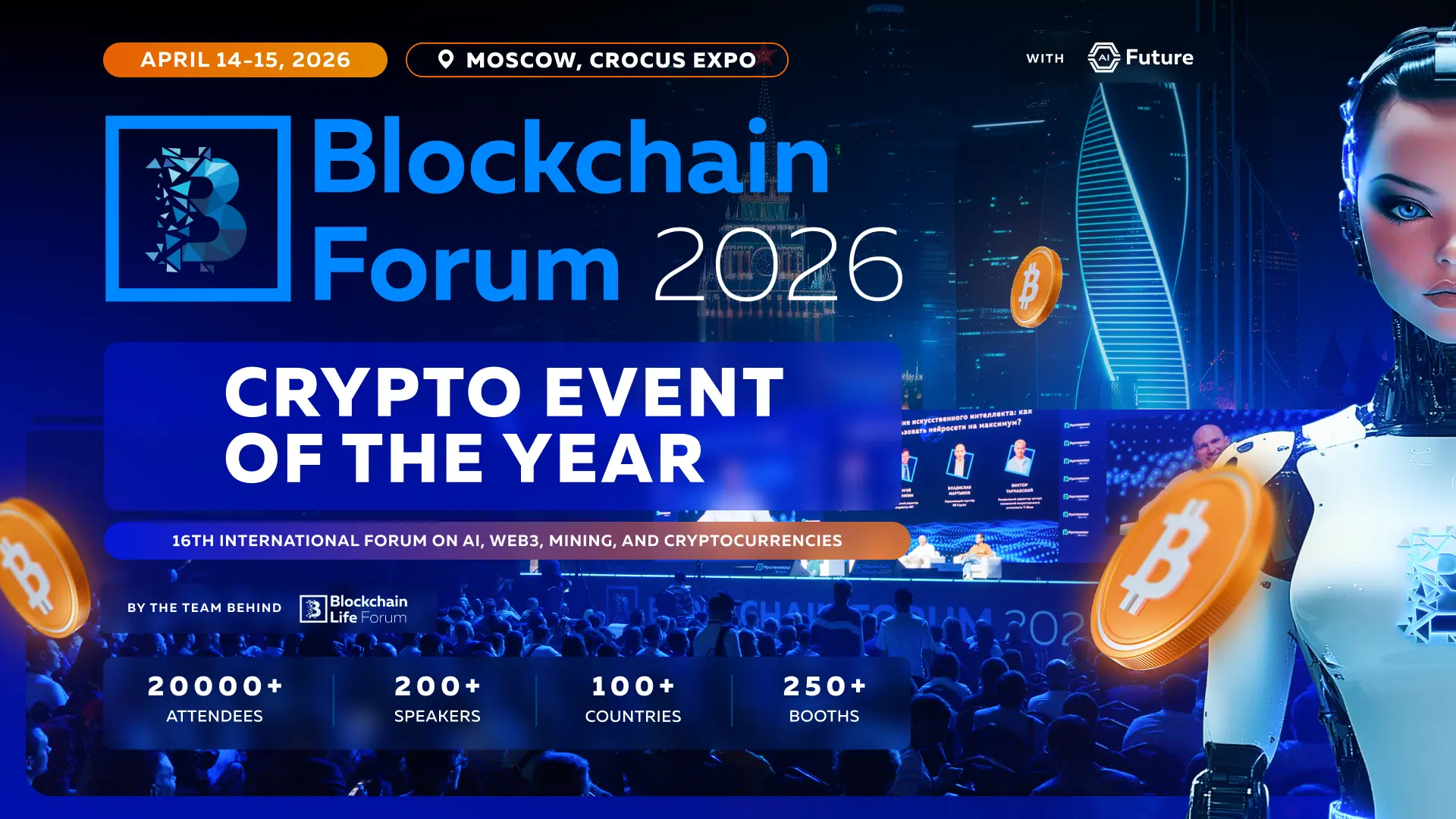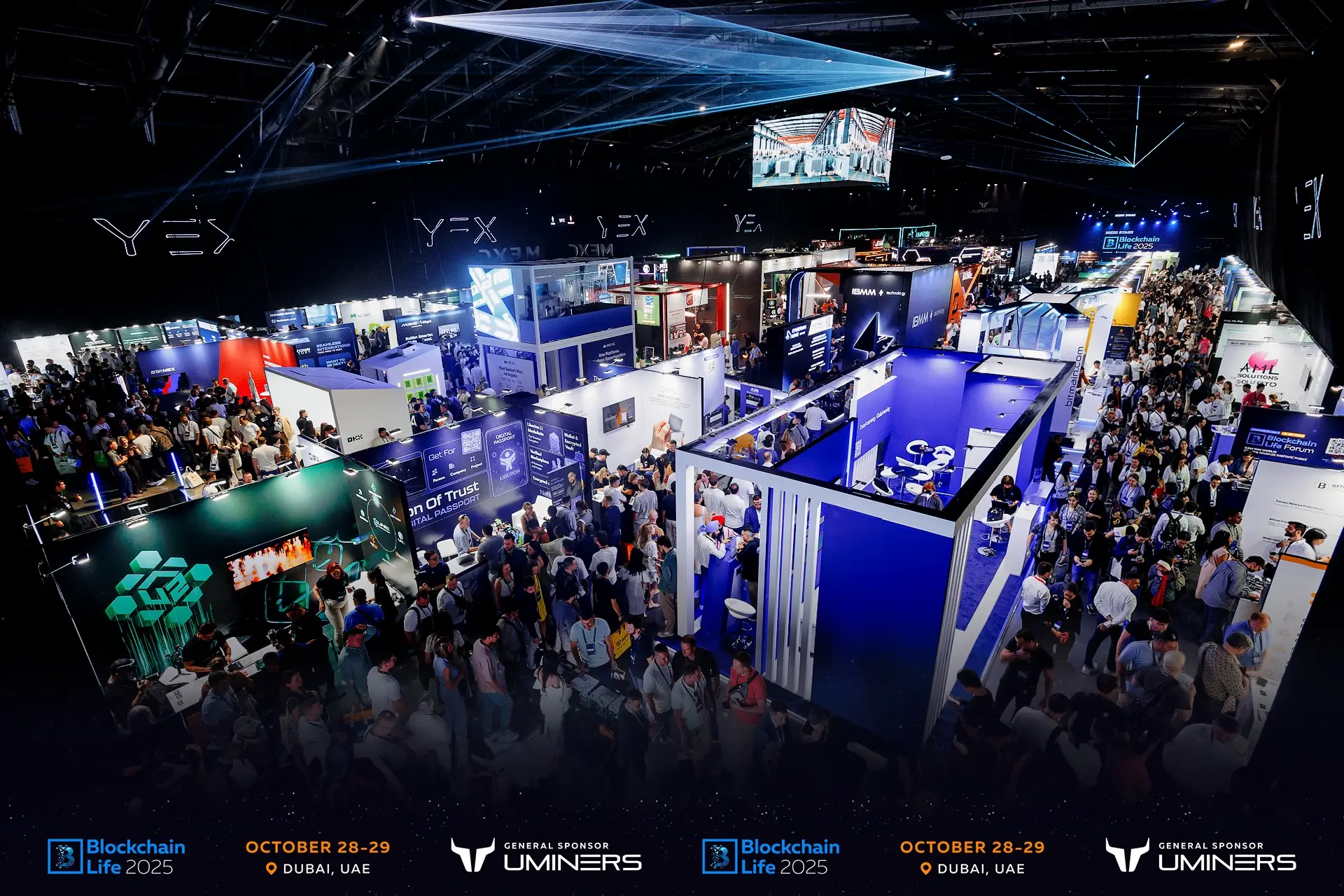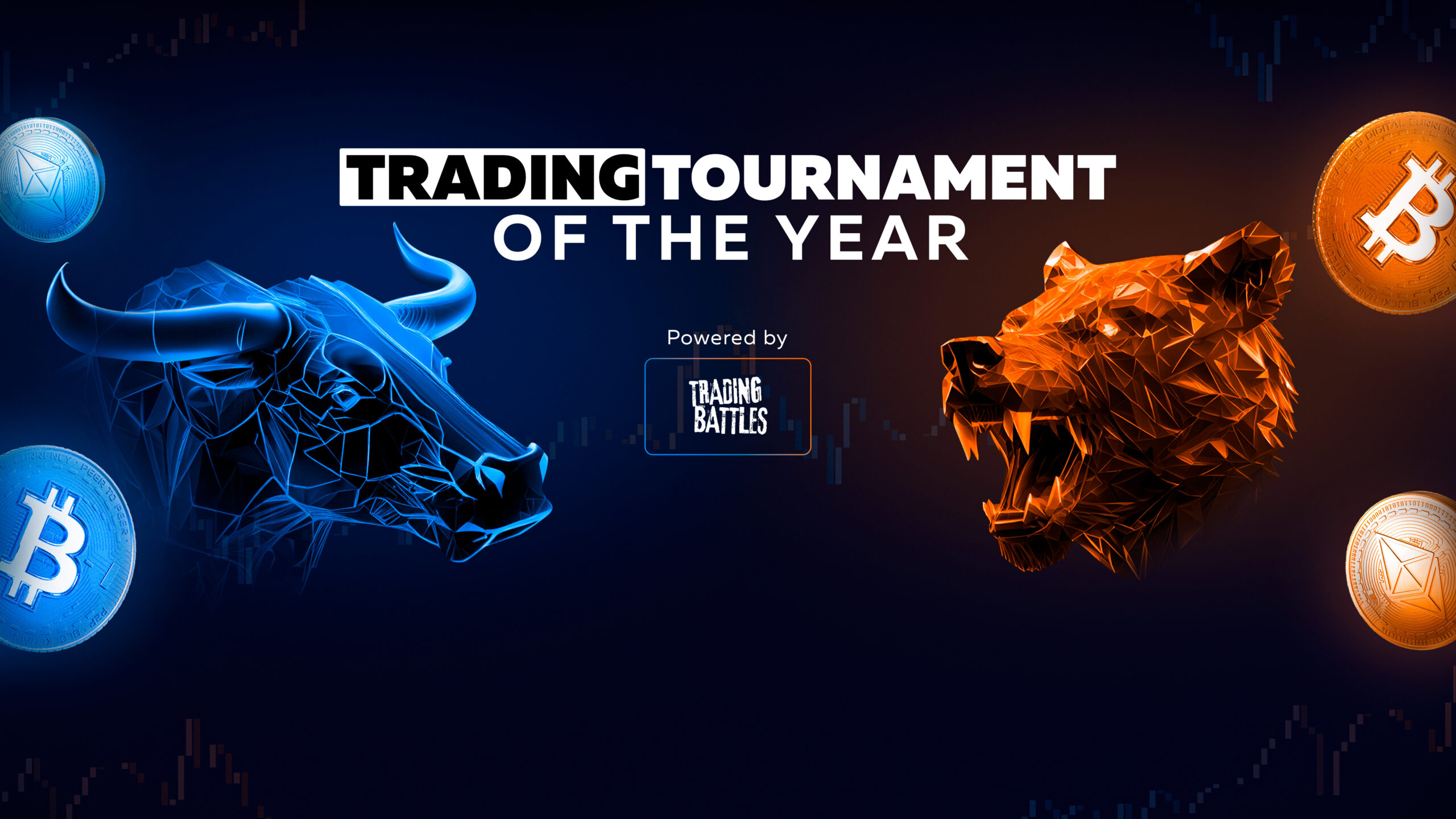

Promminer – Title Sponsor of the Forum
Promminer is the largest mining equipment supplier and the top mining company according to Blockchain Life Awards 2022, 2023, and 2024. Over the past year, the company’s turnover reached 4.8 billion rubles.
Today, we are speaking with Timofey Kuzmenko, founder and CEO of Promminer. Timofey is a strong advocate for the legalization and mass adoption of cryptocurrencies. He brings deep expertise in building sustainable ecosystems for industrial mining through innovation, energy efficiency, and legal transparency. He is a recognized mining expert for Forbes and RBC.
– Promminer has participated in the forum multiple times. What have previous years brought you, and why did you decide to join again?
First, I’d like to thank the Blockchain Forum for naming us the best mining company since 2022. Over the years, we’ve built a strong mutual trust, so there was never any doubt about continuing our collaboration — we’re here for the fourth year in a row.
Participating in previous forums gave us a great opportunity to showcase our progress and stay updated on industry trends. For our team, it was especially valuable to explore the integration of AI into blockchain technologies. Back then, we noted a growing interest in decentralized finance (DeFi), and that trend seems to continue into 2025.
Both in 2024 and now in 2025, our focus remains on building a sustainable ecosystem for industrial mining based on innovation, energy efficiency, and regulatory transparency. For example, since the 2024 Blockchain Forum, we have leased over 1 billion rubles worth of equipment and reached an annual turnover of 4.8 billion rubles.
At Blockchain Forum 2025, we not only plan to showcase our new solutions but also to connect with industry peers, receive feedback on our initiatives, and continue developing the market alongside potential partners. The networking here is incredibly strong — it was at last year’s event that we discovered cutting-edge AI applications for blockchain.
– What can we expect from the Promminer booth this year?
Our team will be available to discuss how to optimize mining operations and increase efficiency — and you can sign a deal on the spot with a personal manager. Details will be shared directly at booth T1 by our team. I highly recommend stopping by and chatting with our experts.
But that’s not all! This year, we’re hosting a giveaway for our clients — a Lamborghini Huracán worth 30 million rubles. Anyone who purchases 10 or more ASIC miners by April 23 will be eligible to enter the draw.
– How do you assess the current state of the mining industry? What trends do you find most significant?
Mining has become a full-fledged industrial business attracting billions in investments. Here are the key trends from 2024:
-
Record hash rate – The Bitcoin network’s total computing power has surpassed 756 EH/s, showing strong institutional interest.
-
Energy efficiency – Modern ASIC miners have significantly reduced power consumption, making them 40% more efficient than older models.
-
Regulatory evolution – Mining is no longer in a “grey zone”; it’s now discussed at the government policy level.
-
Environmental transformation – Over 54.5% of mining energy now comes from renewable sources. In Russia, we’re seeing hydro and nuclear energy being adopted.
The main trend I’d emphasize is the industrialization of mining and the shift away from “garage setups.” Today’s players are large-scale data centers operating legally.
– What strategies are proving most effective in 2024?
As the market evolves, successful miners are adapting with new strategies:
-
Energy cost optimization – Locating operations in energy-surplus regions, connecting to hydro and nuclear power stations, and utilizing small-scale generation sites.
-
Investing in advanced equipment – Next-gen ASICs provide 30–40% more power per kWh, with an ROI of 18–24 months.
-
Legal transparency – Registering in Russia and complying with tax regulations ensures predictability and business protection.
-
Smart financial management – Selling crypto during high-price cycles can reduce tax loads. Leasing ASICs helps cut capital expenditure.
– What will happen to miners after 2140 when the last Bitcoin is mined?
I believe the industry will remain — it will just shift in terms of income models:
-
Transaction fees will become the primary revenue stream.
-
During peak loads, fees already reach $50–100 per transfer.
-
Miners will pivot to AI and cloud computing. Many data centers already have infrastructure for machine learning and Big Data services.
-
Mining will continue securing the blockchain. Even after emissions end, the Bitcoin network will operate via transaction fees and Proof-of-Work.
– How do you work with regulators? What legal challenges do you see?
Russia is moving toward regulating mining, and the outlook is quite positive. We’re expecting three major developments:
-
Introduction of special tax regimes, allowing miners to pay a unified tax similar to IT companies.
-
Reduced connection fees in energy-surplus regions to attract larger investors.
-
Legal use of cryptocurrencies for domestic transactions to boost competitiveness for Russian miners.
The government has no plans to ban mining — on the contrary, there’s an ongoing dialogue between regulators and industry. Through the Industrial Mining Association, we support this dialogue at every level.
– How will mining taxation evolve in the coming years?
Mining is no longer seen as the “Wild West” of the digital economy. Russia is moving toward legalization, and tax policies are aligning with U.S. and EU standards. The smartest solution would be introducing special regimes similar to IT tax benefits. This would attract investment and create a more predictable environment.
– What legal changes are essential for the industry’s growth?
Mining is more than just power consumption — it’s a strategic industry gaining importance. To develop further, we need:
-
Legal circulation of cryptocurrency – Being able to pay with Bitcoin in Russia would simplify business processes and attract investment.
-
Lower energy grid access barriers – Regions with excess electricity should offer faster and cheaper connections.
-
Creation of economic zones – Offering tax incentives in certain regions would greatly accelerate industry development.
– How can miners legally reduce their tax burden?
Every business optimizes taxes — mining is no exception. Legal methods include:
-
Equipment depreciation – Reducing taxable income by accounting for ASIC wear and tear.
-
Equipment leasing – Spreading out costs while benefiting from tax deductions.
-
Operational cost allocation – Power and maintenance expenses reduce taxable profit.
– How do seasonality and volatility affect tax strategy?
It’s simple: mining is closely tied to Bitcoin prices and electricity costs. Smart miners align their tax planning with market cycles. For instance, during a price dip, it’s wiser to delay withdrawals; during a surge, it makes sense to realize gains and include them in tax reports.
– How should crypto transactions be accounted for in taxes?
This applies globally: you must record the BTC price at the time of mining, the rate at the time of sale or exchange, and all related expenses (exchange fees, power costs). Proper tax planning minimizes risks and optimizes cash flow, just like in any business.
Read more:

The Main Crypto Event goes back to Moscow








